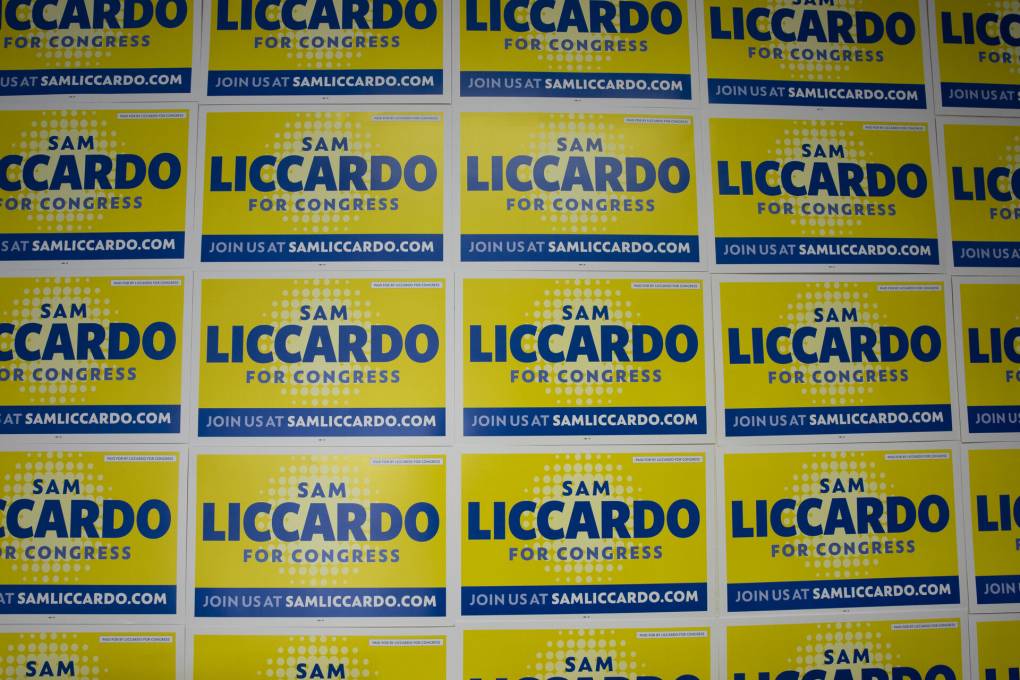Not during the daily recount deposit process. Any involvement from outside political groups, such as super PACs operating separately from the campaigns, could be revealed in campaign finance disclosures filed in the coming weeks and months.
Once the recount begins, are requesters required to pay for the entire count?
No. Requesters can choose to stop paying at any point, which could end the count. However, this would void any change in results revealed during the recount up to that point. For a change in the final result to be certified, every precinct in the district needs to be counted.
“You can stop, but the process stops at that time, and there are no changes,” said Jim Irizarry, assistant chief elections officer in San Mateo County.
What is the process for actually counting the ballots?
The machine recount process is very similar to how ballots are initially counted after polls close.
“We have these tabulation machines in a secure facility,” Borja said. “After retrieving the ballots, the ballots will be put into the machines for counting … and the machines are pretty much scanning the ballots.”
Ballots that the machine has trouble counting will get moved to an adjudication process. These can include ballots in which the voter used red ink or marked their choice in a way the machine could not decipher.
“With the adjudication process, there are two people looking at the same ballot on two screens,” Borja said. “They have to both agree on what the voter’s intent was.”
The election workers reviewing the ballots can ask for help from a supervisor, and observers can also challenge an initial determination and ask for an appeal to a more senior elections official.
The requester, in this case Padilla, determines the order of the ballots counted on each day — meaning that they can ask election officials to start with a precinct in Campbell, followed by one in Los Gatos, for example.
What happens to ballots that were not counted in the initial tally, such as those with signature issues?
This is perhaps the biggest outstanding question heading into the recount.
In every election, vote counters flag ballots that have issues preventing them from being processed. Typically, those are ballots in which the voter forgot to sign their envelope or wrote a signature that doesn’t match the signature on the voter’s file.
Election officials contacted voters with these issues in hopes of “curing” their ballots, but the deadline for voters to respond and remedy the issues was back on April 2. In Santa Clara County, 115 ballots were left uncured by the deadline.
On paper, those ballots are ineligible to be tallied in the recount. But Padilla is asking for a review of “unvoted ballots” and “all materials used to verify voter signatures.”
It’s possible that Padilla or his attorneys could challenge the decision to place a ballot in the “cure” pile — a move that could lead to additional review by the top elections officer or even legal action.
And as we’ve seen in the past, it’s not unheard of for local or state elections to ultimately be decided by a relatively small number of votes.
How can the public follow along with the outcome of this recount?
Irizarry said San Mateo officials will publicize the vote tally at the end of every day of recounting ballots. In Santa Clara, however, Borja said the recount results would only be made public at the end of the entire process.
So, true clarity on one of the wildest primary elections in California history may not happen until later in April.



